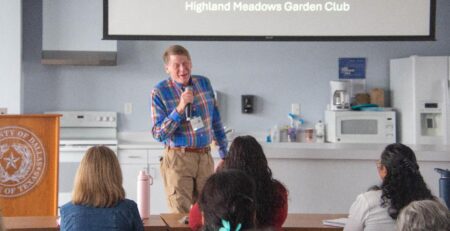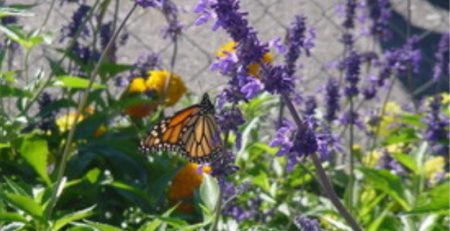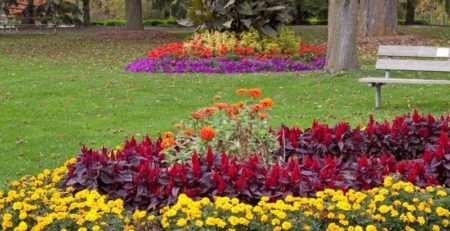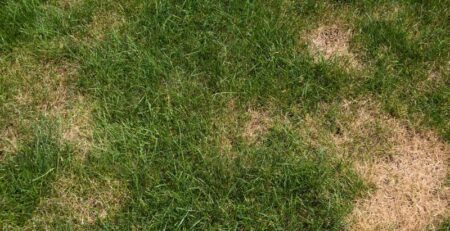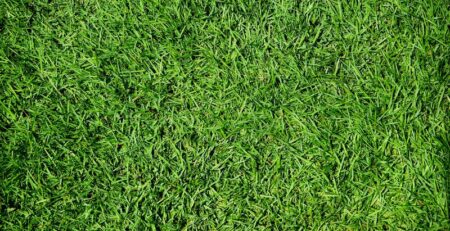It’s Time To Plant Fall Tomatoes!
It may be hot but, yes, it’s time to plant tomatoes. According to people in the know, fall tomatoes in Texas taste great. The trick is nursing the plants through the hottest part of the summer so that they begin producing as the weather becomes more favorable towards autumn. Tomatoes will slow production once nights begin to fall below 50°F and the frost date approaches (November 22 for Dallas County). Ideally, get your transplants into pots or into the ground by mid-July, or about 100 days before the first frost.

Summer gardening in Texas requires commitment. Before you head out to the plant store, take a moment to formulate a plan of attack. To begin, select tomato varieties adapted to our climate. Texas A&M AgriLife recommendations include Celebrity, Heatwave, Sunmaster, Solar Fire, Juliet and Tycoon. You can find additional recommendations by visiting the vegetable variety selector here: https://aggie-hort.tamu.edu/publications/veg_variety/. If you cannot find recommended varieties in local stores, look for ones that are heat tolerant, disease resistant and will reach maturity well before the first frost.
Newly bought transplants need to be acclimated to garden conditions. Dr. Joe Masabni, from Texas A&M AgriLife, recommends leaving the plants on the patio, or in the shade under a tree for a couple of days, then plant. He also recommends irrigating the planting bed very well to make sure the soil profile is moist before transplanting. If possible, plant in the evening or on a cloudy day to reduce heat stress.
Tomato roots need room to grow. If using pots, a 5-gallon container may be adequate for smaller plants, but for larger varieties, a 10- or 15-gallon container will result in less watering and a more productive plant. If planting into the ground, dig a hole 2 feet wide and 10 inches deep, then fill the hole with half soil and half organic matter. Plant each transplant slightly deeper than it was growing in the pot. For in-ground plants, leave 2 to 4 feet of space between plants. Good air circulation is important to reduce the incidence of disease.
Tomatoes need support from a trellis, cage or stake. Research shows that tomatoes grown with supports have higher yields and fewer disease problems. Click here for an overview of the type of support systems used in tomato production. https://www.ndsu.edu/agriculture/extension/extension-topics/gardening-and-horticulture/vegetables/3-options-supporting-tomato-vines
Tomatoes are not drought resistant and require consistent moisture throughout the growing season. Erratic watering patterns increase the risk for blossom end rot and cracked fruit and predispose the plant to insect and disease problems. Plants may need to be watered daily until they become established, then water regularly to maintain consistent soil moisture.
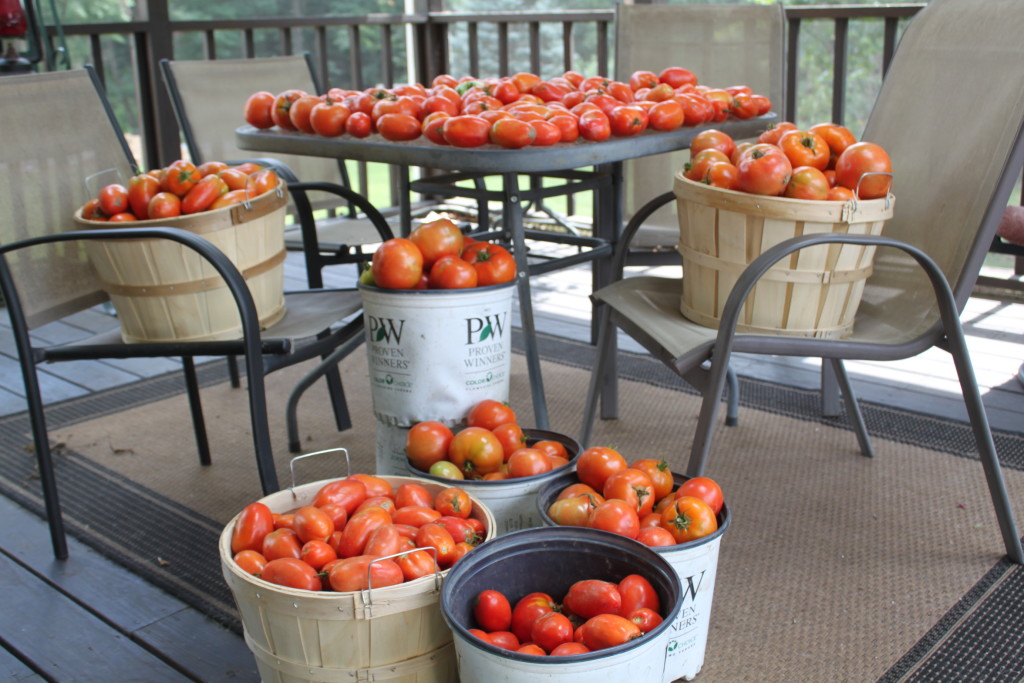
The roots of the tomato can extend 3 to 4 feet outward from the base of the plant, so make sure that irrigation water targets the whole area. Maintain a deep layer of organic mulch around your plants. If you are growing in containers, irrigation can be particularly challenging. University of Minnesota Extension has a great article about watering plants in containers: https://extension.umn.edu/managing-soil-and-nutrients/fertilizing-and-watering-container-plants
Tomatoes are heavy feeders and require fertilization at the time of planting as well as regularly throughout the growing season. In hot weather with dry soil, fertilizers can damage plants. Make sure that all fertilizers are worked well into the soil and watered in thoroughly or consider using all liquid fertilizers. Do not spray fertilizer on plant leaves.
Texas A&M AgriLife has several publications with easy-to-follow directions for selecting and planting tomatoes.
https://aggie-horticulture.tamu.edu/wp-content/uploads/sites/10/2013/09/EHT-043.pdf
https://aggie-horticulture.tamu.edu/wp-content/uploads/sites/12/2011/03/E-283_planting.pdf
Other helpful sites:
https://txmg.org/ellis/planting-your-new-tomato-plants/
https://agrilifetoday.tamu.edu/2018/05/12/agrilife-extension-expert-grow-tomatoes-all-season-long/
https://agrilifetoday.tamu.edu/2020/09/01/consider-a-container-vegetable-garden-this-fall/
https://lubbock.tamu.edu/files/2011/10/growingtomatoes08_2.pdf


